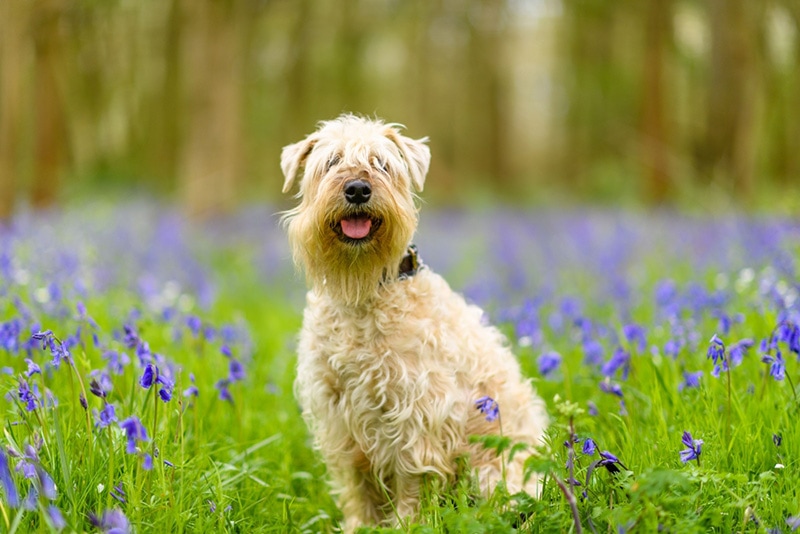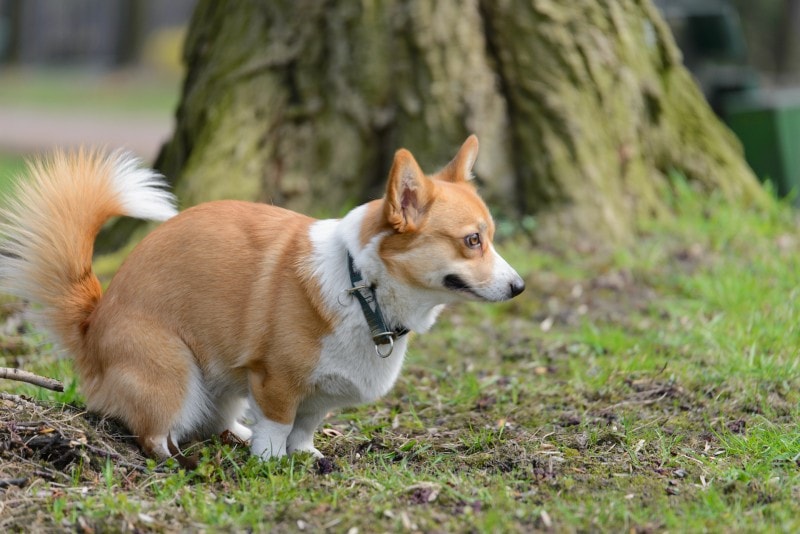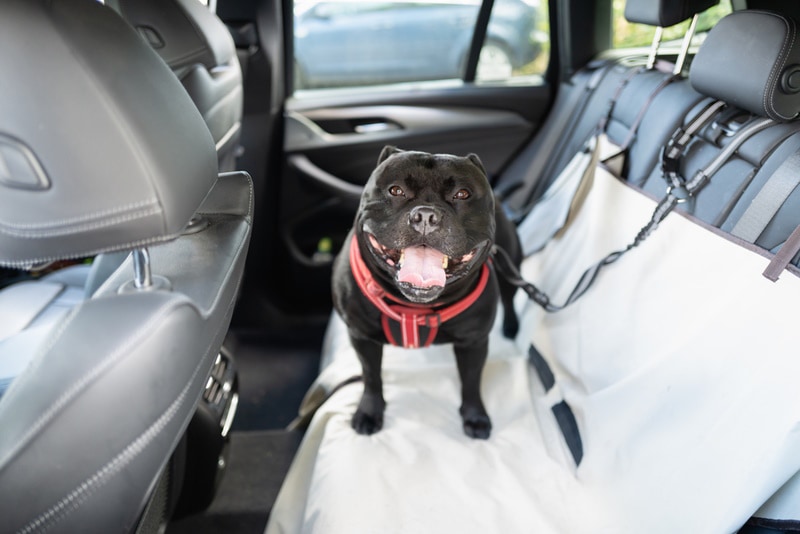How Big Do Dalmatians Get? With Growth & Weight Chart
Updated on
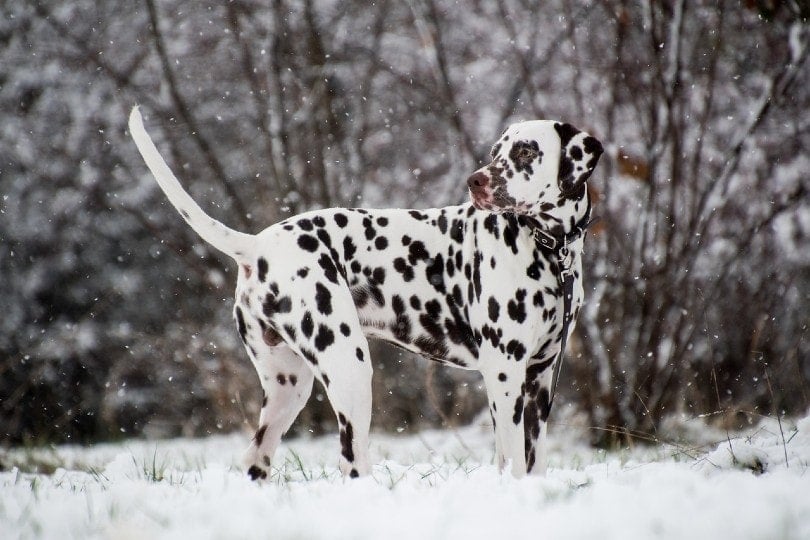
Click to Skip Ahead
Sometimes called Dals, the Dalmatian is considered a medium breed, but they’re definitely on the larger end of the spectrum. They might defy traditional medium and large sizes for accessories, so it’s important to get an accurate measurement so you can buy properly sized items.
While females trend a smidge smaller, some Dalmatians may be bigger or smaller than average, depending on some factors we’ll touch on later. Generally, this average for Dalmatians is 37–71 pounds in weight and 22–24 inches in height. For now, let’s learn a bit more about this trustworthy spotted dog below, as well as a bit more about how they grow over time.
Dalmatian Breed Overview
The Dalmatian is a bigger medium-sized breed hailing from Dalmatia in Croatia, but they quickly became popular across Europe for their strong work ethic, loyalty, and cute spotted coat. They have a gangly, lean, muscular build that makes them great runners. Dals are spectacular family dogs with an agreeable go-getter attitude and plenty of energy to burn.
Fun fact: the Dalmatian isn’t just in black and white. They have several distinct, beautiful color variants. The light lemon Dalmatian, the woodsy brindle, and even long-haired Dalmatians! Yes, some very small portions of Dals are born with a recessive gene that causes them to have long, flowing hair. They still keep the spots, but they’re harder to see.
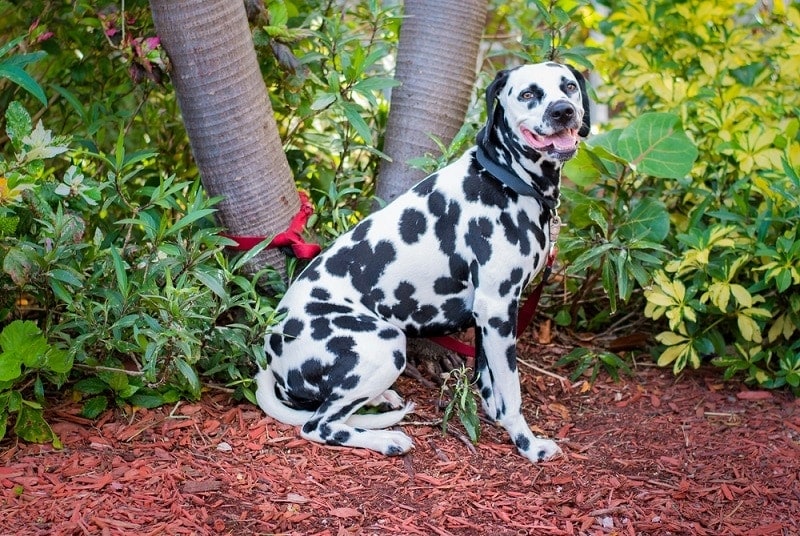
Dalmatian Size & Growth Chart
These numbers are just rough estimates to give you a ballpark idea of how your Dalmatian might grow as they age, based on AKC standards. Your dog may develop differently based on their genetics, diet, or other factors.
| Age | Weight Range | Height Range |
| 3 months | 14–26 pounds | 10–12 inches |
| 4 months | 17–35 pounds | 12–15 inches |
| 6 months | 25–49 pounds | 14–16 inches |
| 8 months | 29–57 pounds | 17–19 inches |
| 10 months | 32–63 pounds | 18–20 inches |
| 12 months | 34–67 pounds | 20–22 inches |
| 14 months | 36–70 pounds | 22–24 inches |
| 16 months | 37–71 pounds | 22–24 inches |
When Does a Dalmatian Stop Growing?
Like many larger dogs, the Dalmatian grows into their full size late, around 16 months for males and as soon as 14 months for females. How big an individual Dal gets depends on various factors from their parents’ sizes to how muscular they’ll be at maturity. Also, like other breeds, Dalmatians can keep gaining weight until they’re around 2 years old after reaching their full size.
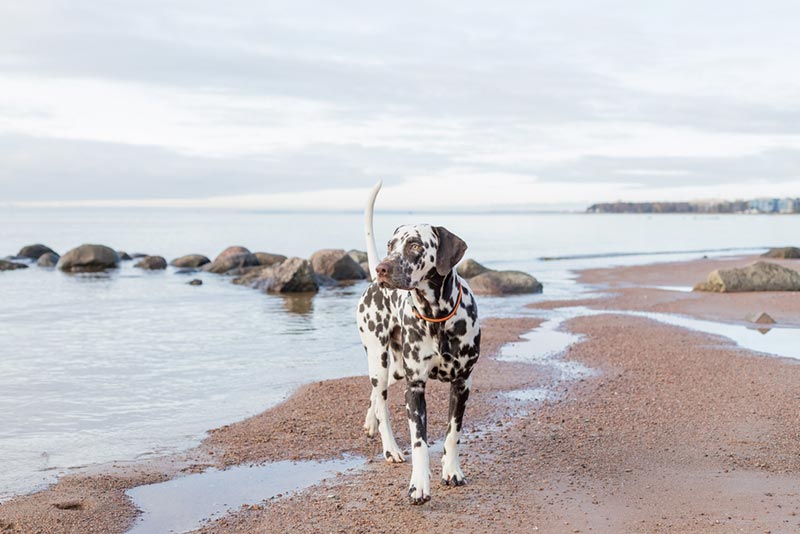
Factors Affecting the Size of Dalmatian
There are four main variables contributing to how big a Dalmatian gets: gender, genetics, exercise, and diet.
Gender dictates that male Dalmatians are almost always larger than females.
Genetics is the most important factor and one you have no control over. Some Dalmatians are larger than unusual and tend to produce very large puppies too. On the flip side, there are certainly smaller Dalmatians out there too. Looking into a dog’s parentage is important if adult size is something you’re interested in.
Exercise is essential for keeping your dog happy and healthy, and dogs that don’t get enough are at risk of developing obesity, especially overeaters! Obesity is very detrimental to puppy growth, as you can imagine, so make sure they get about 2 hours per day.
Dalmatians are very smart, so a decently sized secure yard is highly recommended to get them plenty of outside time. Lack of exercise can also cause anxiety or boredom, which are destructive in their own right.
Diet is the final piece of the puzzle. Dogs that don’t get enough high-quality food to eat are less likely to reach their ideal adult size, but too much food can have an adverse effect as well. Properly balanced meals are critical if you want your dog to not only grow large but stay in shape too.
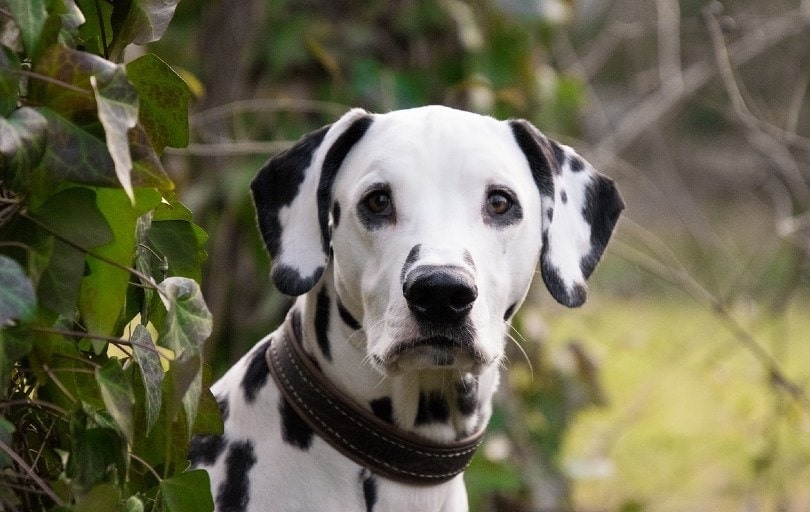
Ideal Diet for Maintaining a Healthy Weight
Dalmatians are prone to kidney problems if they eat food high in purine content. That’s where the myth of feeding them a low-protein diet comes from, but Dalmatians actually do need high-protein diets to stay happy, healthy, and active. Red meat and many fish are typically high in purines, so look for dog food with chicken or turkey instead—those are easier on your Dal’s digestive system and don’t contribute to bladder stones.
There are a lot of other low-purine foods you can feed a Dalmatian to maintain a balanced diet and get them all the essential nutrients they need to thrive. For some ideas on what you can safely feed your Dalmatian, check out our quick list below.
- Cooked eggs
- Rice
- Carrots
- Lamb
- Tuna
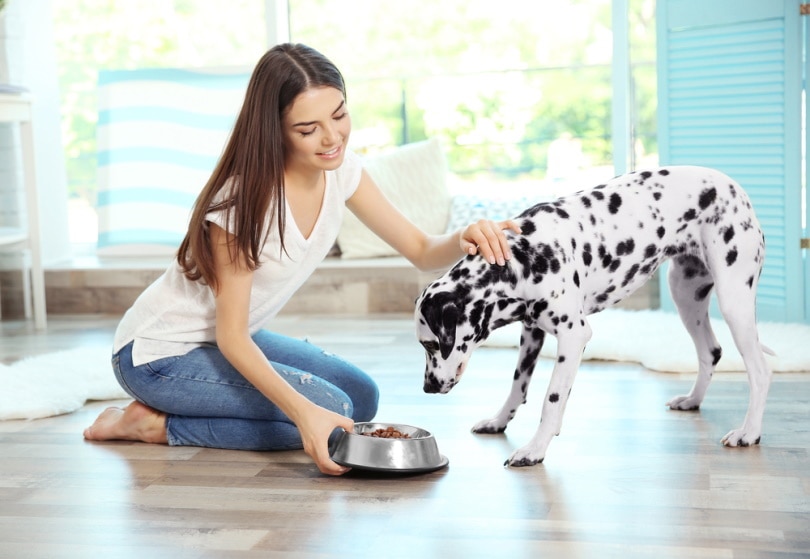
How to Measure Your Dalmatian
Measuring your dog isn’t as difficult as you’d think. To weigh them, you can simply use a regular old digital scale. Measuring their height is a little more involved, but still just takes a few minutes. All you need is a flat wall, a piece of tape, a pen, and a measuring tape or yardstick.
- Have your dog stand against the wall in a relaxed state, all four legs evenly spaced. If needed, you can have an assistant help hold your dog still.
- Find your dog’s withers. This is the bony protrusion between their shoulder blades.
- Measure from the ground up to where your dog’s withers is, and mark with a piece of tape. This is your dog’s height.
- Write your measurement down, and you’re all finished.
Conclusion
Dalmatians are big, spotted, and eager to please. These big dogs average 24 inches when fully grown, but females may be smaller at just 20 or 22 inches tall. As with any dog, their genetics, diet, exercise, and potential health conditions may have an impact on their development.
Featured Image Credit: Rebecca Scholz, Pixabay

